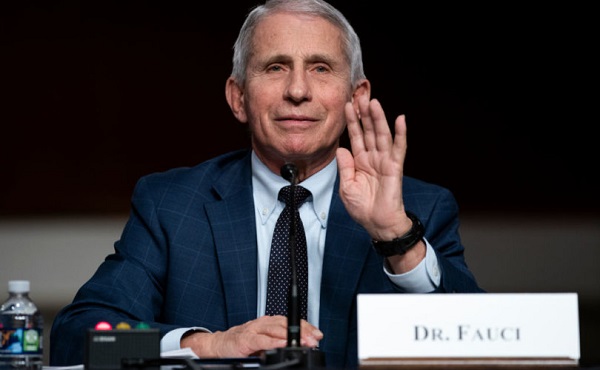Alberta
Ottawa’s oil and gas emissions cap will hit Alberta with a wallop
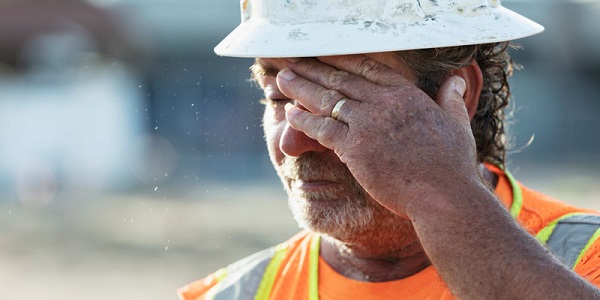
From the Fraser Institute
Even if Canada eliminated all its GHG emissions expected in 2030 due to the federal cap, the emission reduction would equal only four-tenths of one per cent of global emissions—a reduction unlikely to have any impact on the trajectory of the climate in any detectable manner or produce any related environmental, health or safety benefits.
After considerable waiting, the Trudeau government released on Monday draft regulations to cap greenhouse gas (GHG) emissions from Canada’s oil and gas producers.
The proposed regulations would set a cap on GHG emissions equivalent to 35 per cent of the emissions produced in 2019 and create a GHG emissions “cap and trade” system to enable oil and gas producers (who cannot reduce emissions enough to avoid the cap) to buy credits from other producers able to meet the cap. Producers unable to meet the cap will also be able to obtain emission credits (of up to 20 per cent of their needed emission reductions) by investing in decarbonization programs or by buying emission “offsets” in Canada’s carbon markets.
According to the government, the cap will “cap pollution, drive innovation, and create jobs in the oil and gas industry.” But in reality, while the cap may well cap pollution and drive some innovation, according to several recent analyses it won’t create jobs in the oil and gas industry and will in fact kill many jobs.
For example, the Conference Board of Canada think-tank estimates that the cap would reduce Canada’s GDP by up to $1 trillion between 2030 and 2040, kill up to 151,300 jobs across Canada by 2030, and national economic growth from 2023 to 2030 would slow from 15.3 per cent to 14.3 per cent.
Not surprisingly, Alberta would be hardest hit. According to the Board, from 2023 to 2030, the province’s economic growth would fall from an estimated 17.8 per cent to 13.3 per cent and employment growth would fall from 15.8 per cent to 13.6 per cent over the same period. Alberta government revenues from the sector would decline by 4.5 per cent in 2030 compared to a scenario without the cap. As a result, Alberta government revenues would be $4.5 billion lower in nominal terms in fiscal year 2030/31. And between 54,000 to 91,500 of Canada’s job losses would occur in Alberta.
Another study by Deloitte estimates that, due to the federal cap, Alberta will see 3.6 per cent less investment, almost 70,000 fewer jobs, and a 4.5 per cent decrease in the province’s economic output (i.e. GDP) by 2040. Ontario would lose more than 15,000 jobs and $2.3 billion from its economy by 2040. And Quebec would lose more than 3,000 jobs and $0.4 billion from its economy during the same period.
Overall, according to Deloitte, Canada would experience an economic loss equivalent to 1.0 per cent of GDP, translating into lower wages, the loss of nearly 113,000 jobs and a 1.3 per cent reduction in government tax revenues. (For context, Canada’s economic growth in 2023 was only 1.1 per cent.)
And what will Canadians get for all that economic pain?
In my study published last year by the Fraser Institute, I found that, even if Canada eliminated all its GHG emissions expected in 2030 due to the federal cap, the emission reduction would equal only four-tenths of one per cent of global emissions—a reduction unlikely to have any impact on the trajectory of the climate in any detectable manner or produce any related environmental, health or safety benefits.
Clearly, the Trudeau government’s new proposed emissions cap on the oil and gas sector will impose significant harms on Canada’s economy, Canadian workers and our quality of life—and hit Alberta with a wallop. And yet, as a measure intended to avert harmful climate change, it’s purely performative (like many of the government’s other GHG regulations) and will generate too little emission reductions to have any meaningful impact on the climate.
In a world of rational policy development, where the benefits of government regulations are supposed to exceed their costs, policymakers would never consider this proposed cap. The Trudeau government will submit the plan to Parliament, and if the cap becomes law, it will await some other future government to undo the damage inflicted on Canadians and their families.
Author:
Alberta
CPP another example of Albertans’ outsized contribution to Canada
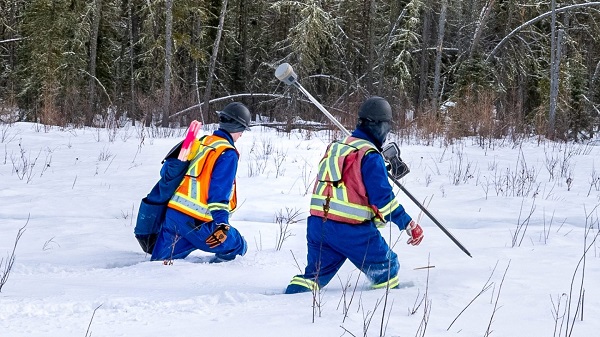
From the Fraser Institute
By Tegan Hill
Amid the economic uncertainty fuelled by Trump’s trade war, its perhaps more important than ever to understand Alberta’s crucial role in the federation and its outsized contribution to programs such as the Canada Pension Plan (CPP).
From 1981 to 2022, Albertan’s net contribution to the CPP—meaning the amount Albertans paid into the program over and above what retirees in Alberta received in CPP payments—was $53.6 billion. In 2022 (the latest year of available data), Albertans’ net contribution to the CPP was $3.0 billion.
During that same period (1981 to 2022), British Columbia was the only other province where residents paid more into the CPP than retirees received in benefits—and Alberta’s contribution was six times greater than B.C.’s contribution. Put differently, residents in seven out of the nine provinces that participate in the CPP (Quebec has its own plan) receive more back in benefits than they contribute to the program.
Albertans pay an outsized contribution to federal and national programs, including the CPP because of the province’s relatively high rates of employment, higher average incomes and younger population (i.e. more workers pay into the CPP and less retirees take from it).
Put simply, Albertan workers have been helping fund the retirement of Canadians from coast to coast for decades, and without Alberta, the CPP would look much different.
How different?
If Alberta withdrew from the CPP and established its own standalone provincial pension plan, Alberta workers would receive the same retirement benefits but at a lower cost (i.e. lower CPP contribution rate deducted from our paycheques) than other Canadians, while the contribution rate—essentially the CPP tax rate—to fund the program would likely need to increase for the rest of the country to maintain the same benefits.
And given current demographic projections, immigration patterns and Alberta’s long history of leading the provinces in economic growth, Albertan workers will likely continue to pay more into the CPP than Albertan retirees get back from it.
Therefore, considering Alberta’s crucial role in national programs, the next federal government—whoever that may be—should undo and prevent policies that negatively impact the province and Albertans ability to contribute to Canada. Think of Bill C-69 (which imposes complex, uncertain and onerous review requirements on major energy projects), Bill C-48 (which bans large oil tankers off B.C.’s northern coast and limits access to Asian markets), an arbitrary cap on oil and gas emissions, numerous other “net-zero” targets, and so on.
Canada faces serious economic challenges, including a trade war with the United States. In times like this, it’s important to remember Alberta’s crucial role in the federation and the outsized contributions of Alberta workers to the wellbeing of Canadians across the country.
Alberta
Made in Alberta! Province makes it easier to support local products with Buy Local program

Show your Alberta side. Buy Local. |
When the going gets tough, Albertans stick together. That’s why Alberta’s government is launching a new campaign to benefit hard-working Albertans.
Global uncertainty is threatening the livelihoods of hard-working Alberta farmers, ranchers, processors and their families. The ‘Buy Local’ campaign, recently launched by Alberta’s government, encourages consumers to eat, drink and buy local to show our unified support for the province’s agriculture and food industry.
The government’s ‘Buy Local’ campaign encourages consumers to buy products from Alberta’s hard-working farmers, ranchers and food processors that produce safe, nutritious food for Albertans, Canadians and the world.
“It’s time to let these hard-working Albertans know we have their back. Now, more than ever, we need to shop local and buy made-in-Alberta products. The next time you are grocery shopping or go out for dinner or a drink with your friends or family, support local to demonstrate your Alberta pride. We are pleased tariffs don’t impact the ag industry right now and will keep advocating for our ag industry.”
Alberta’s government supports consumer choice. We are providing tools to help folks easily identify Alberta- and Canadian-made foods and products. Choosing local products keeps Albertans’ hard-earned dollars in our province. Whether it is farm-fresh vegetables, potatoes, honey, craft beer, frozen food or our world-renowned beef, Alberta has an abundance of fresh foods produced right on our doorstep.
Quick facts
- This summer, Albertans can support local at more than 150 farmers’ markets across the province and meet the folks who make, bake and grow our food.
- In March 2023, the Alberta government launched the ‘Made in Alberta’ voluntary food and beverage labelling program to support local agriculture and food sectors.
- Through direct connections with processors, the program has created the momentum to continue expanding consumer awareness about the ‘Made in Alberta’ label to help shoppers quickly identify foods and beverages produced in our province.
- Made in Alberta product catalogue website
Related information
-

 2025 Federal Election23 hours ago
2025 Federal Election23 hours agoBREAKING: THE FEDERAL BRIEF THAT SHOULD SINK CARNEY
-

 2025 Federal Election1 day ago
2025 Federal Election1 day agoCHINESE ELECTION THREAT WARNING: Conservative Candidate Joe Tay Paused Public Campaign
-

 2025 Federal Election1 day ago
2025 Federal Election1 day agoOttawa Confirms China interfering with 2025 federal election: Beijing Seeks to Block Joe Tay’s Election
-
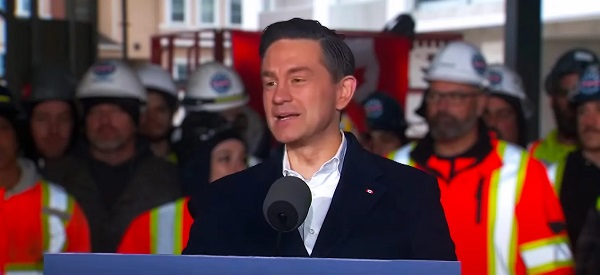
 2025 Federal Election1 day ago
2025 Federal Election1 day agoReal Homes vs. Modular Shoeboxes: The Housing Battle Between Poilievre and Carney
-
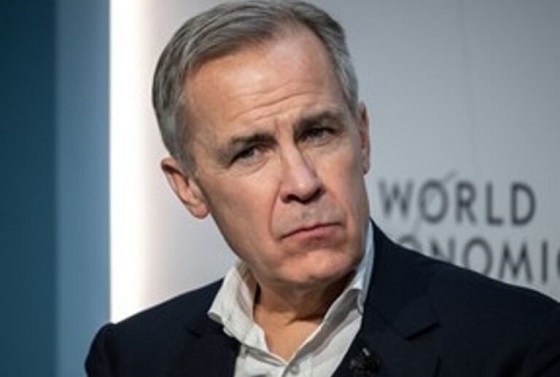
 2025 Federal Election10 hours ago
2025 Federal Election10 hours agoMark Carney Wants You to Forget He Clearly Opposes the Development and Export of Canada’s Natural Resources
-

 Business13 hours ago
Business13 hours agoHudson’s Bay Bid Raises Red Flags Over Foreign Influence
-

 2025 Federal Election1 day ago
2025 Federal Election1 day agoHow Canada’s Mainstream Media Lost the Public Trust
-
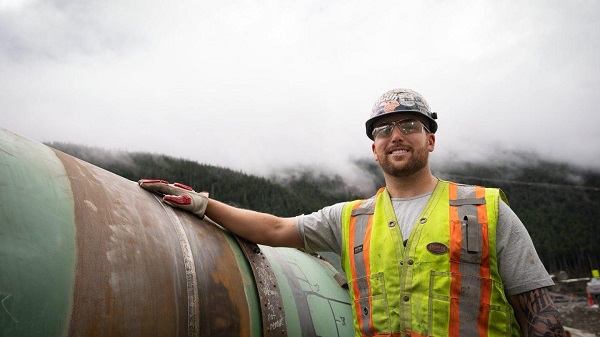
 2025 Federal Election10 hours ago
2025 Federal Election10 hours agoCanada’s pipeline builders ready to get to work


